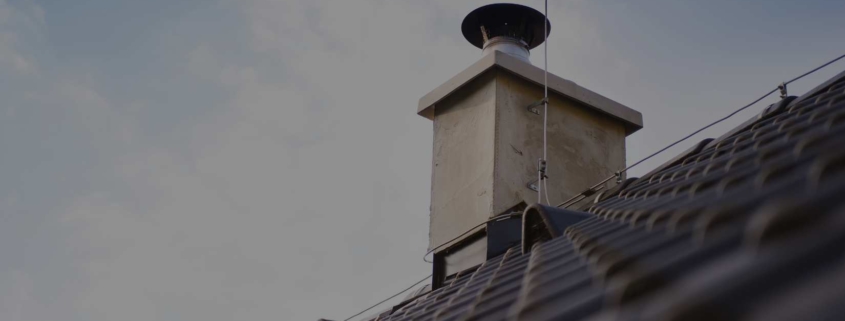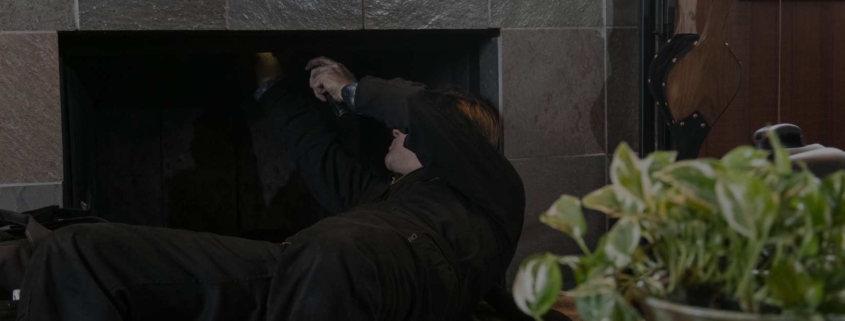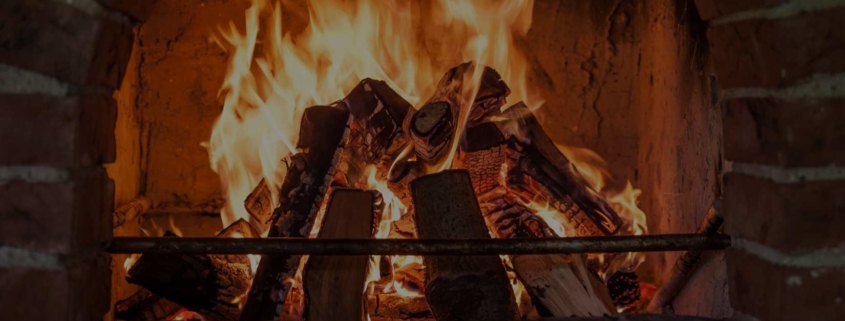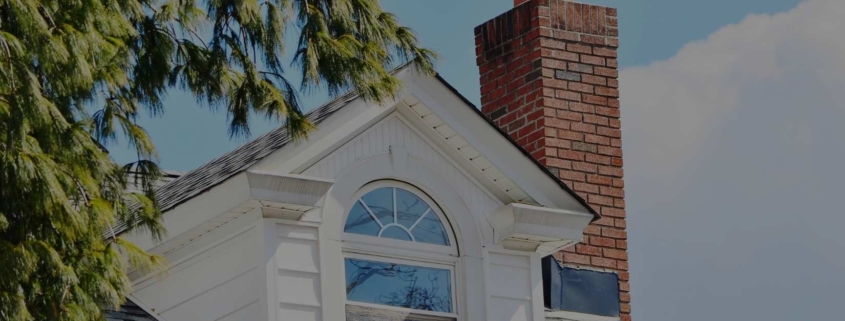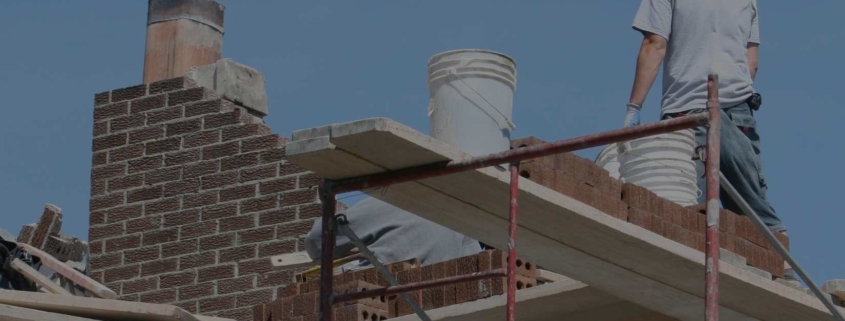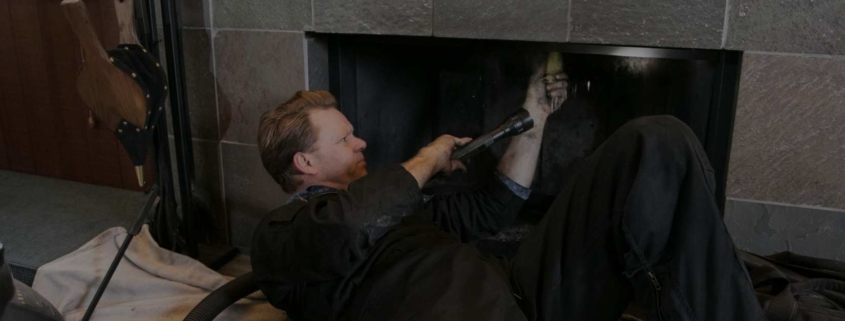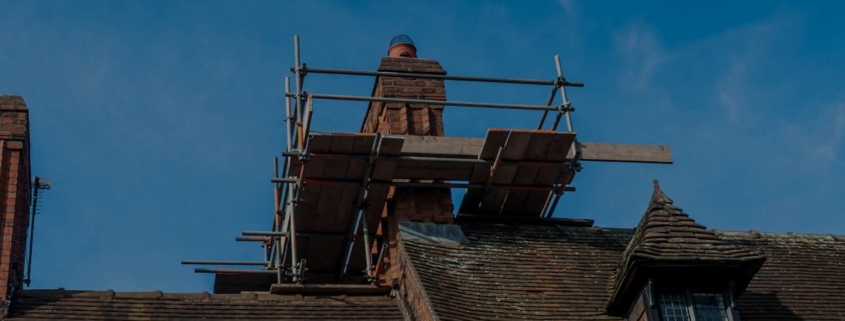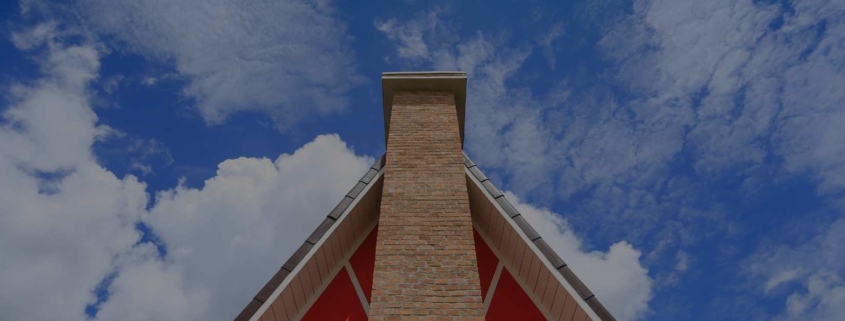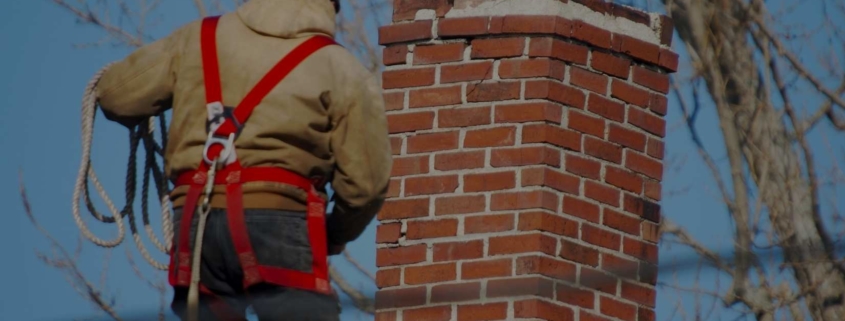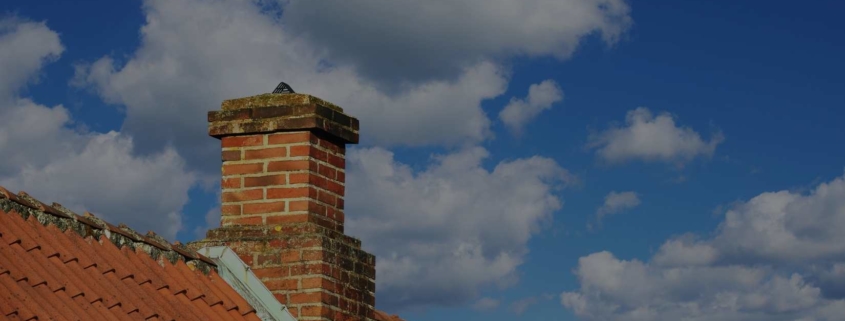Chimneys are prone to damage from harsh weather conditions like rain, snow, and sleet, and these elements can cause the materials used in the construction of the chimney to break down more quickly. Waterproofing the chimney can help it to last much longer and prevent costly repairs in the future.
Unfortunately, many people doubt the need and purpose of a waterproof chimney. Let us clear up some of these common misconceptions. Read on.
“Chimney Caps Are Useless”
Chimney caps act as rain hats for chimneys, protecting against rain and other elements to help prevent water damage to the chimney. Without a chimney cap, water can easily seep into the chimney’s bricks and cause damage. To best protect a chimney from water damage, it should be fitted with a stainless or copper chimney cap, a sealed top crown, a vapour-permeable waterproofing application, and proper flashing.
“Chimney Exteriors Are Enough Indicator of Condition”
Waterproofing is essential to protecting your chimney from moisture. If the exterior looks good, waterproofing can ensure it stays that way. However, you may have noticed some white spots or moss. Moss can grow wherever water collects and takes root.
Even if there is no visible efflorescence or moss, water can still find its way through the smallest cracks. As the water damage increases, the damage to the chimney grows. Waterproofing is key to preventing this kind of interior damage and preserving the good exterior look of your chimney.
“Chimney Liners Do Not Need to Be Maintained”
Homeowners need to take proper care of their appliances and their chimney liners to protect the masonry structure of the chimney. Having a properly fitted and adequately ventilated chimney liner is essential to preventing water from corroding and deteriorating the masonry bricks. Without a liner, the moisture from the elements of combustion will damage the inside of the chimney walls, leading to structural damage.
“Chimneys Can Last for Years Without Waterproofing”
Bricks are a solid material used in construction, but if not correctly maintained, weather can damage them over time. If the chimney is older than 10 years, it is likely already showing signs of water damage that can’t be seen from the ground. Tiny cracks will form, allowing water to enter and expand when it freezes.
Almost all masonry chimneys have some cracks at the top. It is best to spend a bit of money now to prevent further damage rather than wait until the damage is visible from the ground and requires a more costly reconstruction.
“Chimneys Made of Brick Don’t Need to Be Waterproofed”
Bricks are not completely watertight, so it is vital to use a product that is made for masonry to make sure the brick is appropriately protected. If possible, look for a special water repellent that prevents water from entering the brick while still allowing the brick to breathe. This repellent is highly effective at reducing water penetration, making it an ideal choice for homes with brick or masonry chimneys.
Final Thoughts
Waterproofing your chimney can be an effective way to prevent water from entering your home. There are several different methods for waterproofing chimneys, such as using a sealant or a repellent or adding a waterproofing membrane.
By waterproofing your chimney, you can protect your home from water damage and reduce the risk of mould and mildew growth. Properly waterproofing your chimney is an essential aspect of home maintenance that should not be overlooked.
Are you looking for waterproofing services in Scarborough? Turn to Red Robin Masonry, Toronto’s most trusted masonry company. Our masonry services include brickwork, chimney work, parging, stonework and much more! Request a quote today.

